T4K3.news
Tideway opens new public spaces along the Thames
London’s Tideway project unveils seven new riverfront spaces and art as it advances its £4.6bn sewer upgrade.

A look at Tideway shows how a costly drainage project also creates public spaces and art along the river.
London's £4.6bn super sewer reshapes the Thames riverside
A group of colossal black blocks has appeared along the Thames near Blackfriars Bridge. Rising almost 10 metres, they resemble mysterious stone monoliths and form the most visible part of London’s Tideway project, a £4.6bn super sewer designed to stop 18 million tonnes of sewage from overflowing into the river each year. The slabs also mark the creation of seven new public spaces along a 25-kilometre stretch from Putney to Deptford, totaling more than three acres of park like ground with trees, benches and artworks.
Architects describe the spaces as a blend of landscape and engineering. The tall ventilation shafts, which look like ship funnels, provide a signature skyline and carry poetry inscribed on their surfaces. The design aims to return public space to a project that many see as hidden infrastructure. Yet the project has faced questions over cost and delays, and some critics worry about whether the public will gain real value for money. Some parts remain unfinished and access rules can limit how the river is experienced, such as steps that end at a flood barrier rather than a shoreline.
Key Takeaways
"The thing about the super sewer is that it’s all hidden. So no one knows where they’re spending all this money."
Nathan Coley on the visibility and accountability of the project.
"We tried to incorporate lots of things you could enjoy if you were a river buff."
Fiona Stewart on the design approach for the spaces.
"I hope the sandbags will get shiny where people sit on them. And they’re a little bit erotic."
Richard Wentworth describing the public art at Tyburn Quay.
The Tideway project sits at a tricky crossroads where utility and culture collide. It treats a sprawling engineering scheme as a platform for public life, a move that is as bold as it is controversial. Critics call it screw fixation, a clash of catalogued needs and city scale that can feel disjointed. Still, the choice to turn a sewer into a riverfront is a narrative shift for London, proposing infrastructure as memory and space rather than merely pipes.
Public art and architectural details offer a legible identity for a project many residents will not see until it opens. The result is a mix of beauty and bureaucracy, where the same vent shafts that drain waste also frame city life. The mood remains cautious: if the spaces succeed in inviting everyday use, Tideway may justify the cost; if not, the project risks becoming another expensive rumor of grand plans that never fully serve the public.
Highlights
- Public space rises where the pipes lie.
- Art grows on the edge of a big mess.
- The river becomes a memory you can walk on.
- Hidden infrastructure finally gets a street voice.
Budget and public reaction risks surround Tideway
The Tideway project has faced spiralling costs and delays, raising questions about value for money and public accountability. The ongoing budget pressures could provoke political backlash and concern from investors and residents.
Infrastructure that listens to the public could outlast the money spent building it
Enjoyed this? Let your friends know!
Related News

Zuckerberg real estate empire draws scrutiny
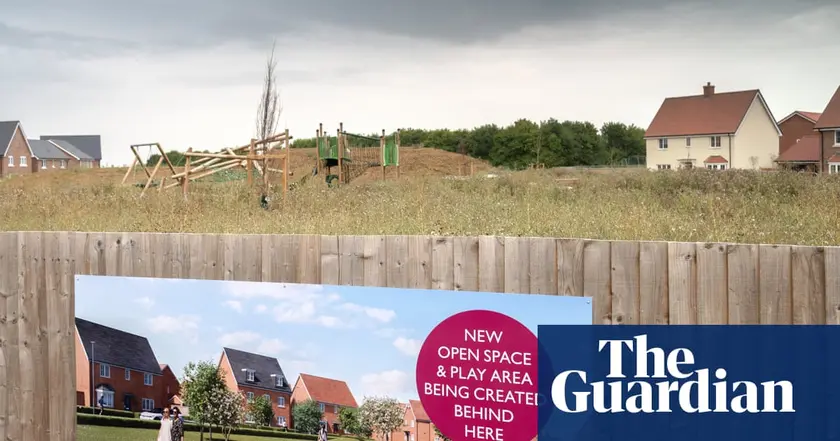
New homes in England lack essential community facilities
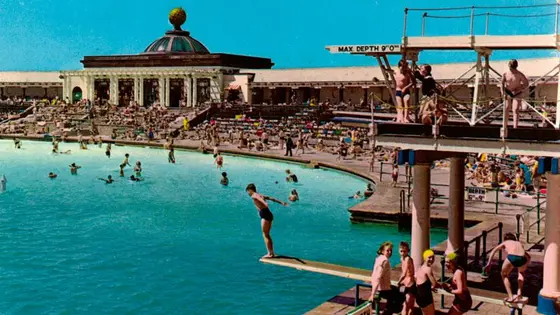
New photography books highlight the British seaside
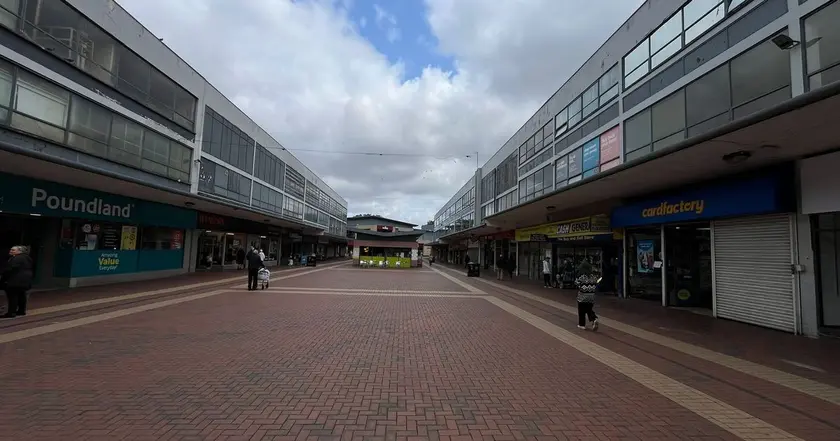
Wythenshawe regeneration plan advances
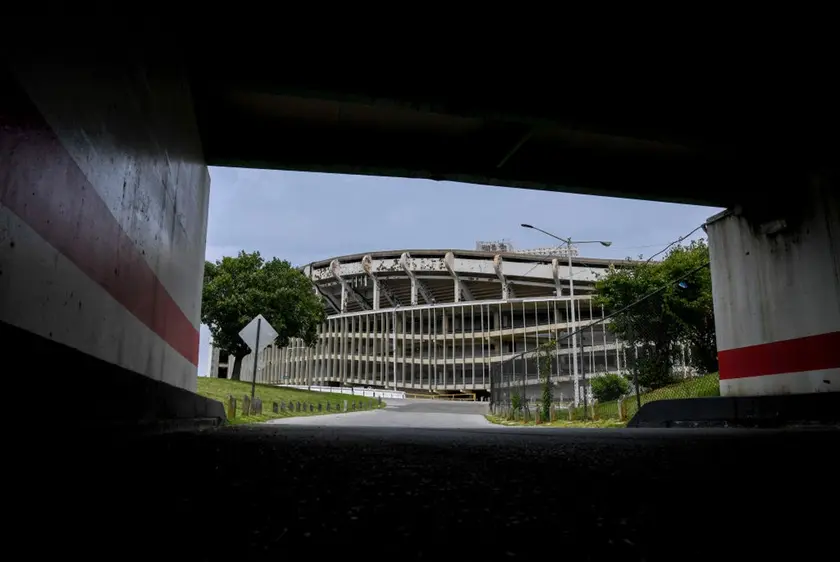
D.C. City Council approves stadium deal for Commanders
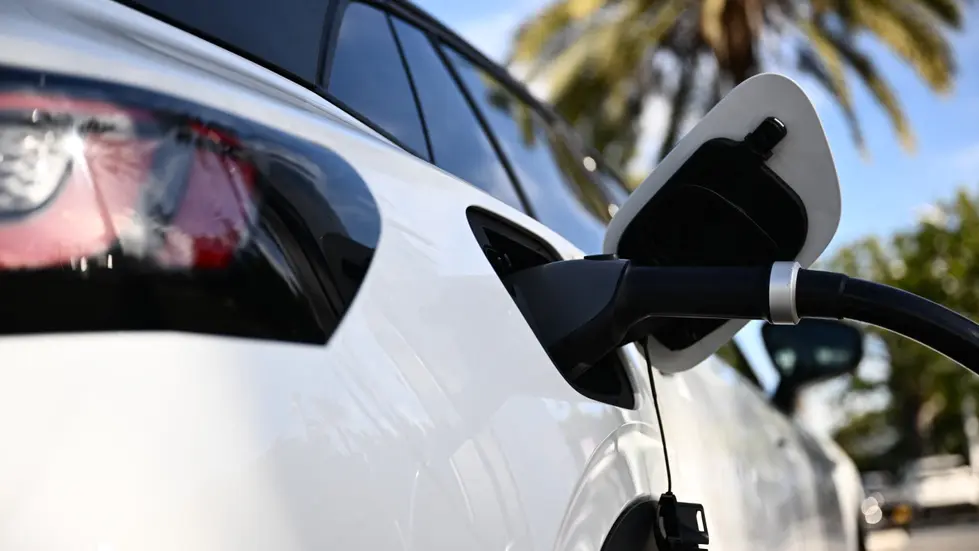
EV charger funding restarts
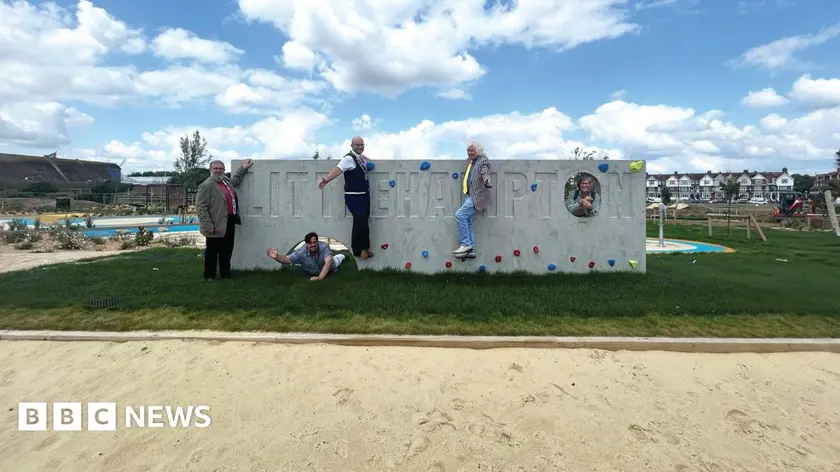
West Green opens after major refresh
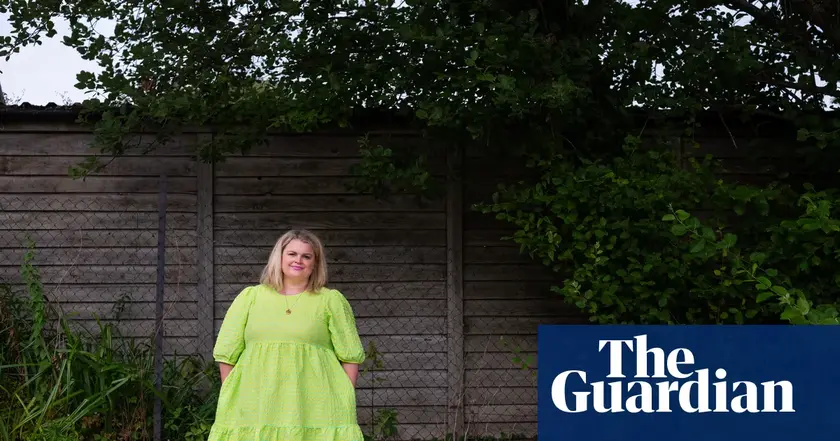
Shrinking Summer tests body positivity
